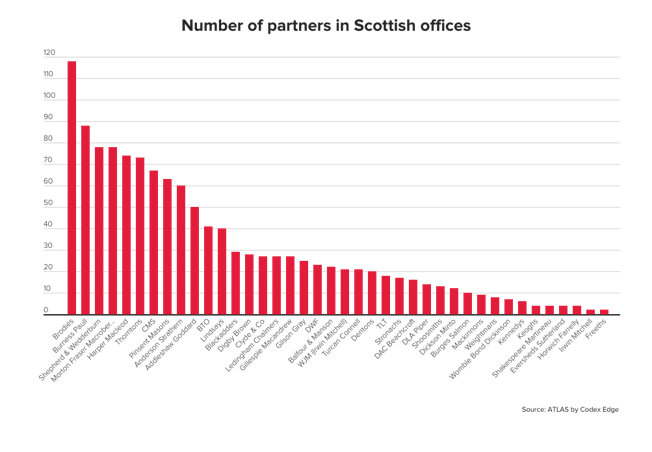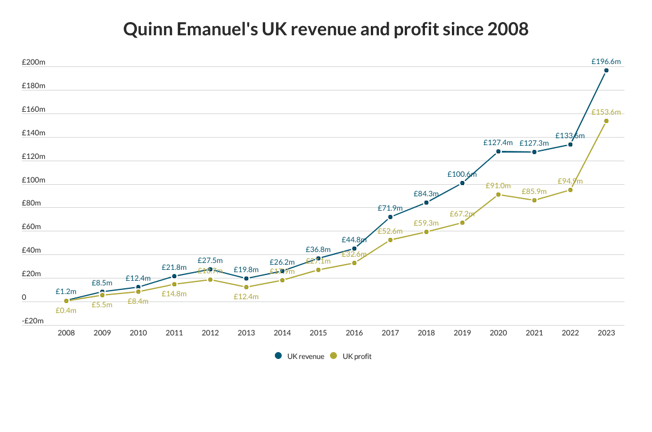With law firms competing ever more aggressively for corp- orate business, there are still those within the profession who are surprised to learn that the level of technology in their offices or chambers is perceived as a crucial differentiator.
There are certain practices which are advanced enough to use video conferencing or voice recognition software, while a growing number use groupware or case management systems and link these applications to clever phone systems – and almost everyone is using, or plans to use, the Internet.
One City firm, Fox Williams, is midway through a complete systems overhaul which will eventually go a step further, giving clients computer access to work in progress for them via an intranet – a privately controlled network linked to the Internet. Masons is on the same track and ahead of the game. It is beta-testing a second-generation Web site which has three separate areas: one for staff, one for clients and one for Joe Public.
Baker & McKenzie is also experimenting with an intranet to allow clients to explore their own case files. “A large building society client might have 8,000 repossession files, but, say, only wants to know about number 832,” explains Harry Small, the firm's IT partner. It is also planning to integrate email and voice mail. Manches & Co also plans to open internal systems by giving clients remote access.
But some large City law firms still refuse to put PCs on partners' desks because they view keyboards as secretarial devices. Small warns: “Firms with outdated attitudes and heads in the sand will lose out.”
So what kinds of technology links do corporate clients want from their law firms? Some are being asked for progress reports and risk analysis on a number of cases in progress simultaneously, but clients are shouting loudest for email.
Email has established itself as the favoured method of communication in many large corporations. US-based multina- tionals, in particular, are increasingly demanding their lawyers use it. “Today, people want a document on their screen as soon as you have completed it. It has become a part of corporate culture because it makes document exchange so much easier,” explains Small.
“If I had one wish,” he continues, “it would be for a standard email system which allows the transfer of binary files easily. We have one person here who spends a good portion of his time converting email formats. We have 52 offices around the world and deal with many large international firms who choose how they want to communicate with us, so we have gateways with everyone.”
Small claims many law firms mistakenly believe that they are 'email connected' because they have a modem somewhere in the technical department with dial-up access. But he points out that email needs to be on partners' desks and integrated with their other applications.
Masons began communicating with clients electronically in 1992 and produced a client guide explaining the different protocols it could accept.
According to the IT adviser at Masons, Richard Susskind: “Clients today want three main things from our systems: progress reports on their cases, access to documents and fees information. Our Web site is a second generation one, with closed areas clients can explore.” He sees firms' Web sites evolving into specialist on-line reference libraries which clients will pay to view.
“We began using email in 1995 after clients asked us which protocols they could use,” explains Derek Brookes, director of IT at Manches & Co. “We then became more pro-active and asked clients if they would like to communicate via email.”
Speed is the reason Manches is also committed to deploying voice recognition software. “The potential for time-saving is amazing,” Brookes enthuses.
“Many want access to information, easily, quickly and sometimes without having to trouble a lawyer – in effect, a self service,” says Nigel Miller, the Fox Williams partner who is responsible for commercial and IT law. “I've heard some clients say they would not consider instructing a firm unless it uses email and has a Web site.”
Fox Williams is one of the first practices in the UK to migrate to Telematics, a solution of best-of-breed IT products based around Windows NT 4.0 and Office 97. It plans to implement an intranet-based practice management system on top.
“Everything we are doing is in line with what clients want – adding value to get an edge over competitors,” Miller explains.
In times when more emphasis than ever is being placed upon the needs of the client, developing the appropriate IT strategy is an important step in the right direction.
























